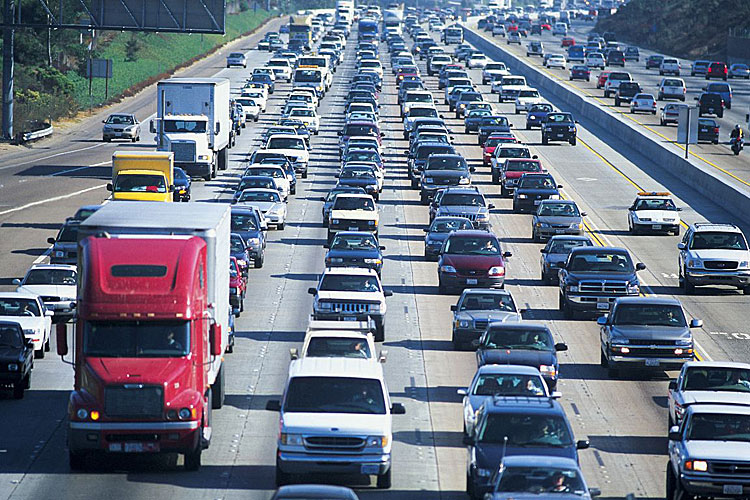By Zach Friend, Santa Cruz County Supervisor 2nd District

Additionally, there is a long backlog of work outside of the storm damage that needs to be done. One of the most common requests our office receives is for road, culvert or other related infrastructure repairs – and given how much our residents pay in local property taxes, it’s a fair question to ask why roads aren’t being maintained to the standard we would all like.
With the generous local passage of Measure D our community has stated that transportation is a priority. Now the state passed a historic funding agreement that, when fully implemented, will provide additional local funding. Here’s an overview of current and upcoming funding.
Unfortunately this amount is not enough to maintain the over 600 miles of roads in the unincorporated County area. But we have been working closely with our state elected officials on increasing the amount of funding for our local needs. Recently I joined with elected officials and transportation experts from Monterey, San Luis Obispo and San Benito counties in Sacramento to meet with the Governor’s Secretary of Transportation and legislative leaders in the Assembly and Senate to highlight the conditions in our counties and the need for state support — both for emergency funding (such as Valencia) and stable funding moving forward.
What is the bill that passed?
According to the Governor’s office, the $5 billion-a-year program will cost most drivers less than $10 a month and comes with strict new accountability provisions to ensure funds can only be spent on transportation.
California has not increased the gas tax in 23 years. Since then, California’s population has grown significantly with drivers and transit commuting more than 350 billion miles a year- more than any other state. However, road and transit investments have not kept pace with this growth.
The Governor’s office estimates that each California driver spends approximately $700 per year in extra vehicle repairs caused by rough roads. If California does not make investments to fix the roads now, it will cost eight times more to replace later.
The legislation, the Road Repair and Accountability Act of 2017, SB 1 (Beall), invests $52.4 billion over the next decade statewide – split equally between state and local investments. While there were some last minute modifications to the bill this provides a general overview of what was passed.
Fix Local Streets and Transportation Infrastructure Over 10 Years (50 percent):
- $15 billion in “Fix-It-First” local road repairs, including fixing potholes
- $7.5 billion to improve local public transportation
- $2 billion to support local “self-help” communities that are making their own investments in transportation improvements (such as our county)
- $1 billion to improve infrastructure that promotes walking and bicycling
- $825 million for the State Transportation Improvement Program local contribution
- $250 million in local transportation planning grants.
Fix State Highways and Transportation Infrastructure Over 10 Years (50 percent):
- $15 billion in “Fix-it-First” highway repairs, including smoother pavement
- $4 billion in bridge and culvert repairs
- $2.5 billion to reduce congestion on major commute corridors
- $1.4 billion in other transportation investments, including $275 million for highway and intercity-transit improvements.
The legislation also has provisions for accountability including a constitutional amendment to prohibit spending the funds on anything but transportation and provision that empowers the California Transportation Commission to hold state and local government accountable for making the transportation improvements they commit to delivering — among other accountability provisions.
Funding Sources from New Taxes Over 10 Years
- $7.3 billion by increasing diesel excise tax 20 cents
- $3.5 billion by increasing diesel sales tax to 5.75 percent
- $24.4 billion by increasing gasoline excise tax 12 cents
- $16.3 billion from an annual transportation improvement fee based on a vehicle’s value
- $200 million from an annual $100 Zero Emission Vehicle fee commencing in 2020.
- $706 million in General Fund loan repayments.
Meeting local transportation needs is very challenging, but this state action can only help. We currently estimate that (once it’s fully implemented) it will bring about $6 million in to the unincorporated area of Santa Cruz County. n
•••
As always, I’d love to hear your thoughts. Feel free to call at 454-2200.